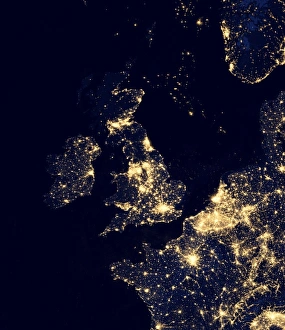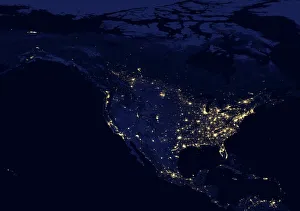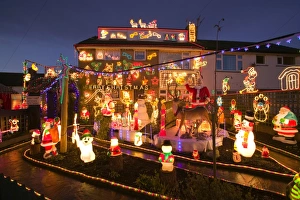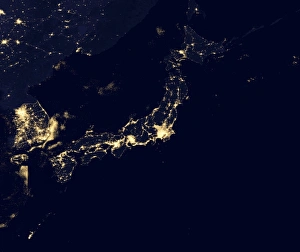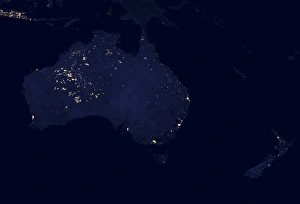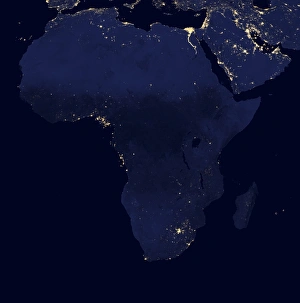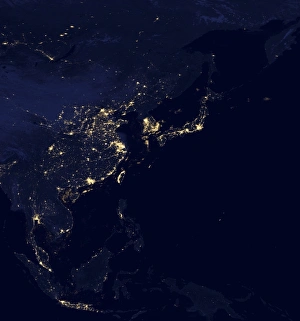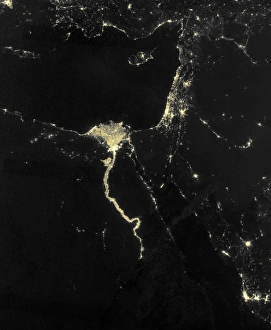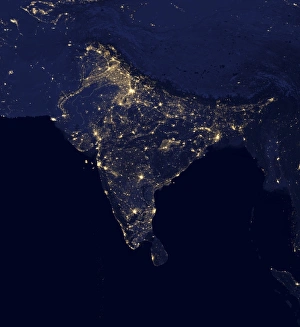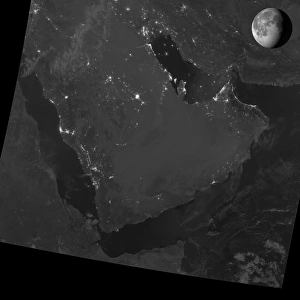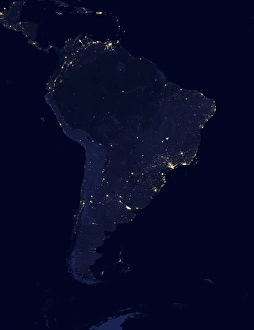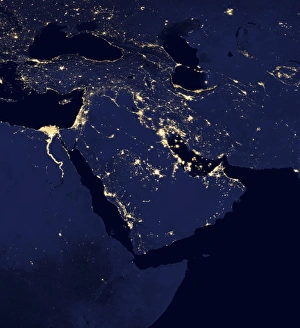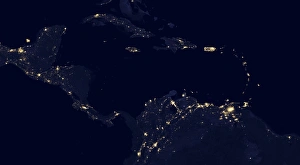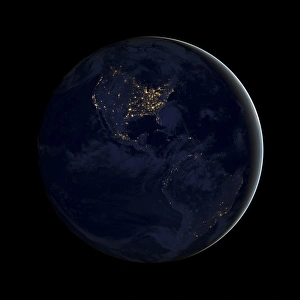Energy Use Collection
"Exploring the Global Tapestry of Energy Use: From North Sea to Nile
All Professionally Made to Order for Quick Shipping
"Exploring the Global Tapestry of Energy Use: From North Sea to Nile, Satellite Images Illuminate Our Consumption" The enchanting glow of North Sea at night captured by a satellite image reminds us of the energy that powers our cities and industries. A mesmerizing satellite image showcases North America at night, highlighting the vast energy consumption that fuels its bustling cities. Amidst Christmas decorations in Clitheroe Lancashire UK, let's remember to celebrate responsibly by conserving energy and reducing waste. The iconic Barclays Bank at Canary Wharf in London UK stands as a testament to the financial hub's reliance on efficient energy use for economic growth. By setting our central heating thermostat at a cooler temperature, we can save both money and energy while still staying cozy during colder months. An illuminating satellite image reveals Australia at night, reminding us of the immense power required to light up this vast continent. Africa sparkles under an awe-inspiring blanket of lights in a satellite image, showcasing its increasing demand for sustainable and accessible energy solutions. Asia shines brightly through a captivating satellite image capturing its vibrant cities' energetic pulse fueled by diverse sources of power generation. The majestic Nile River comes alive under moonlit skies in a breathtaking satellite image, symbolizing how vital access to clean energy is for communities along its banks. India glows with vitality as seen from space; it serves as an inspiring reminder that innovative approaches are needed to meet growing demands while minimizing environmental impact. Japan dazzles with intricate patterns of light captured by satellites above - reflecting their commitment towards optimizing energy efficiency amidst limited resources. Inspiring minds envision new possibilities through conceptual images representing global efforts towards sustainable practices and responsible utilization of precious resources. In this interconnected world where borders blur beneath twinkling cityscapes visible from space, understanding and managing our collective footprint becomes crucial for a brighter, more sustainable future.

